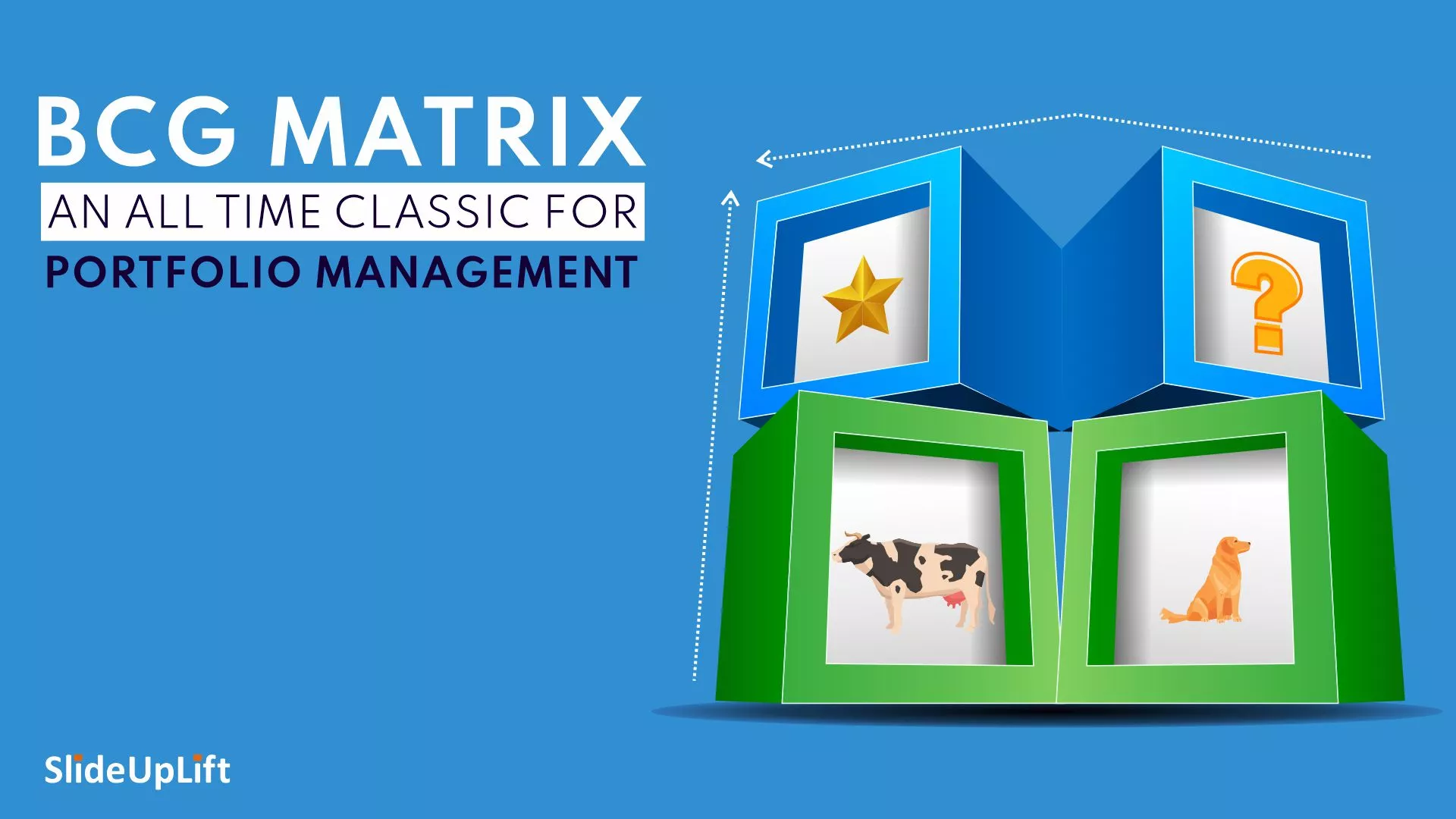MoSCoW: A SMART Way To Prioritize Your Tasks For Effective Project Management
Management today is all about prioritization- be a strategy- which some define as the art of prioritization, business analytics- deciding what is important to analyze, project management – to ensure most important areas get the right focus in the right sequence, marketing- to pick the right customer, right channels, etc or software development- to build the most important features first. Prioritization indeed is central to work, ensuring focus and achieving results.
But as teams diversify, and more stakeholders become involved in the process, so do the complexities surrounding tasks and deliverables for a project or company. As such, methods such as MoSCoW Prioritization can allow managers to prioritize certain products and deadlines in their workflows.
In this blog, we will talk about
What is MoSCoW Prioritization?
MoSCoW method is a prioritization technique for managing requirements and deadlines within a project. While it is defined in the context of project management, the ideas can apply to any discipline of management.
It is a functional tool that allows management to reach an understanding with the various stakeholders on the importance placed on various requirements and their delivery. The degree of importance identifies its placement on the prioritization list, with high importance requirements being prioritized over low importance requirements.
MoSCoW method was originally developed in 1994 by Dai Clegg specifically for its use in Rapid Application Development. The initial scope of the technique was its use for timeboxed projects. With fixed deadlines to work with, MoSCoW gave Clegg a way to prioritize the tasks that were essential for the project, and sideline those that weren’t, in order to deliver the requirements on time. However, it soon evolved to become a key part of the latest management and prioritization thinking across disciplines.
What is MoSCoW Prioritization Technique?
The MoSCoW Prioritization technique consists of four categories. These categories signify the importance of the task or deliverable to the overall success of the project, as well as those that are essential for its running.
These four categories are-
Must-Have
Each requirement that is labeled “Must Have” are non-negotiable requirements that are critical to the success of the final product or project objectives. Notably, if any requirement is noted as “must-haves”, the failure in its delivery results in the total failure of the whole project. As such, each requirement within this category needs to be delivered within its given timeframe for success.
Should Have
Requirements labeled “Should Have” are important but ultimately not necessary for the success of the project. The absence of this product or requirement will be to the detriment of the overall project, but the final result will still be viable. As such, while these requirements need to be added if possible, they can be prioritized lower than must-haves in situations of time or resource crunch.
Could Have
“Could Have” requirements are essentially those that are desirable and should be included if time and resources permit, but their absence will not significantly impact the final product or the success of the project. They are usually additions that contribute to a user’s experience or satisfaction but do not actively contribute to a product’s overall success and can be dropped in the case of approaching deadlines and a shortage of time.
Won’t Have
Each requirement labeled “Wont-Have” would have been struck off by the team and the stakeholders as unnecessary, least-critical, and lowest payback items. Or these could be things that are just not appropriate for the time frame. These are requirements that are dropped for the entirety of the project, or shelved for later consideration should time and resources permit and all other items have been delivered.
How to Use the MoSCoW Prioritization Method?
Usually, the MoSCoW Prioritization Method is used early in the life cycle of a project. The final list is a collaborative effort by the team, project heads, department heads, upper management, and stakeholders. Everyone that has a vested interest in the project is expected to participate in the process of delineating the different items into different categories. This ensures smooth functioning of the project, where everyone is aware of and aligned to the project’s and stakeholders’ priorities and objectives.
Thus, MoSCoW method allows projects to work with a broader perspective, and reach a consensus on the different tasks enabling effective decision making.
In order to achieve maximum effectiveness in using the MoSCoW Prioritization Method, there are certain things to keep in mind.
Balancing the Priorities
When deciding on the Must Have priorities, it becomes important to understand exactly what those are. A method to gauge Must Haves is by defining a product’s minimum usable subset. This is an articulation of the minimum requirements of a project for it to be viable, functional and by all accounts, considered a success.
And other priorities, therefore, automatically become a contingency wherein beyond the must-haves, there is no outright effect on the functionality or success of a project.
Balancing all the categories of prioritizations becomes key in successfully managing a project using MoSCoW. Having more must-haves than possible or viable for a team is a one-way ticket to disaster. A good rule of thumb is to have a maximum of 60% of your tasks and team effort be for must-haves. This leaves room for the team to build confidence in their work and their ability to deliver on time.
Defining Prioritization Categories
Must-haves are generally easy to identify when discussing priorities within a group of people. However, the difference between Should Have and Could Have priorities is subjective and can be a point of contention if there are drastically warring views on the same.
Therefore, it is always a good idea to be extremely clear about the definitions and scope of the categories in question with an upfront discussion about the same with each stakeholder.
When to Prioritize
This primarily refers to any new requirements that come up during the process of working on the project. New requirements will need to be categorized under the MoSCoW technique, but they cannot be too disruptive to the process that is already underway. Most importantly, they should not interfere with the previously agreed-upon limit of 60% of work being under must-haves, as that can be an instant demoralizing element for the team.
Knowing when to prioritize any new requirements is key to the smooth functioning of a project.
Reviewing Priorities
At the end of each deliverable or project increment, all priorities need to be re-examined and discussed with the stakeholders. The working process often highlights misplaced and missing priorities, and those need to be included for the next deliverable. It is also important to review all priorities as a low-priority task may now have greater importance in the project.
SlideUpLift Templates for Presenting MoSCoW Prioritization Technique
SlideUpLift offers a vast collection of pre-made presentation templates that can be used to present your MoSCoW Prioritization Technique to all stakeholders and team members, becoming an effective tool for business and professional communication. These presentation templates are visually engaging and creatively built to showcase your MoSCoW method effectively. Each PowerPoint template is fully editable and uses visual elements such as graphics, colors, and shapes to present information in a professional way, saving you the time and effort that goes into creating beautiful and complex project management presentations.
Source: MoSCow Prioritization by SlideUpLift
Source: MoSCow Matrix by SlideUpLift
Source: MoSCow Prioritization by SlideUpLift
Find out more MoSCow Prioritization PowerPoint templates.
Conclusion
MoSCoW method is a great tool for prioritization, especially for projects that are time-sensitive and need a system that allows them to prioritize tasks for delivery. While there are watch-outs and things to be mindful of as mentioned earlier, this technique can save you tons of time and help define and achieve success on your next project.
Happy MoSCoWing!!!
Now you don’t have to scour the web to find out the right templates. Download our PowerPoint Templates from within PowerPoint. See how?
















